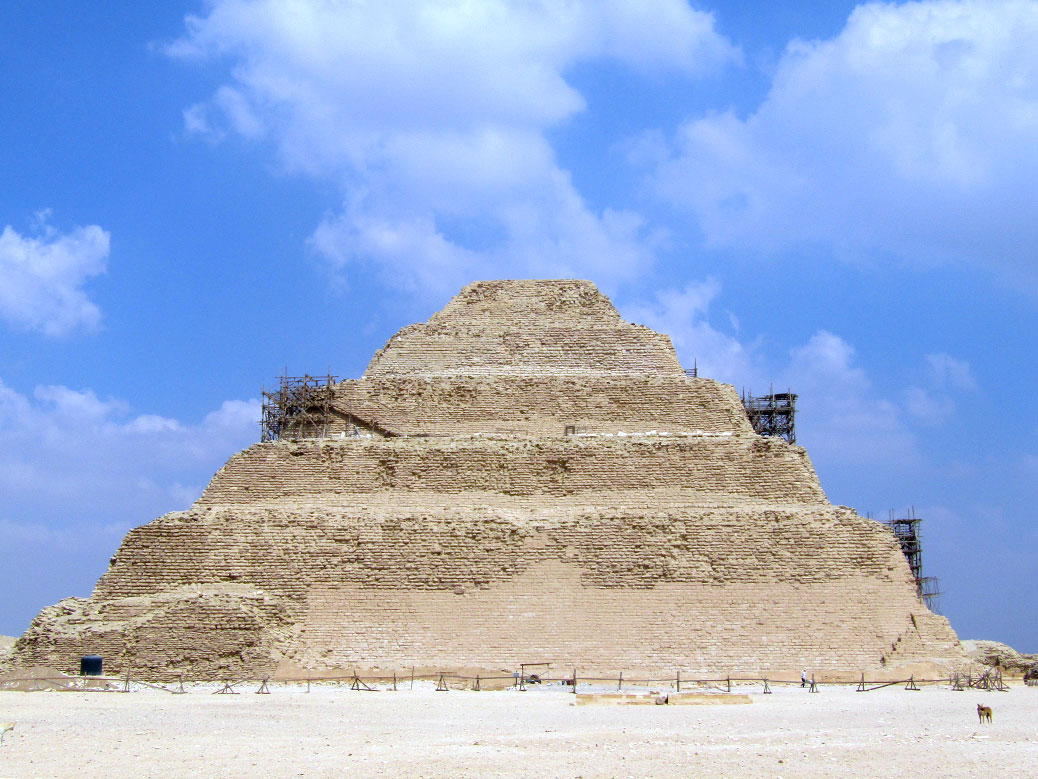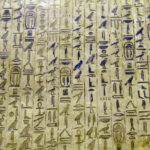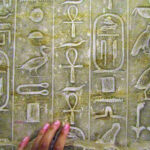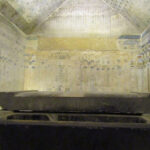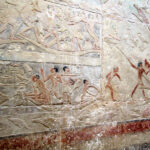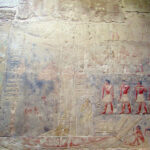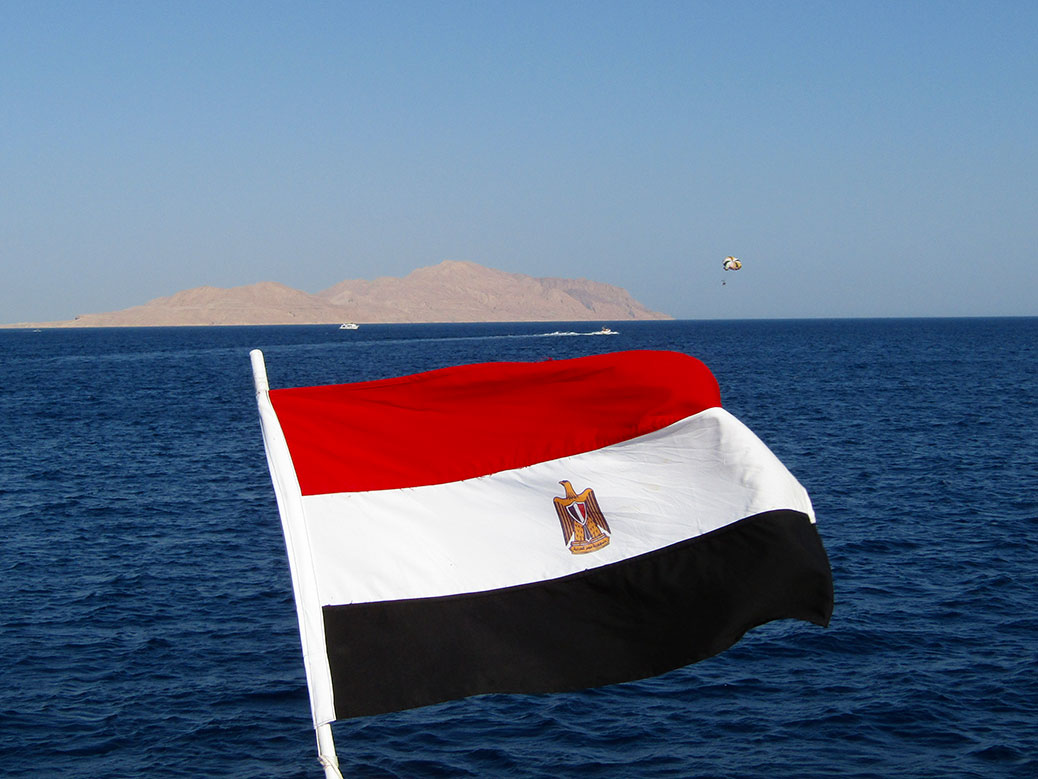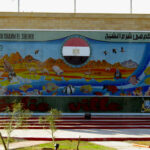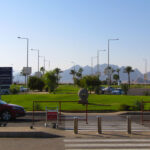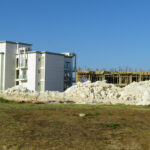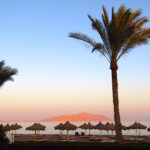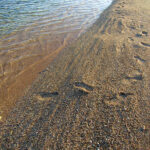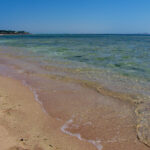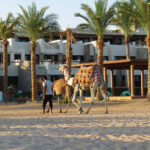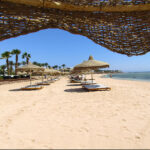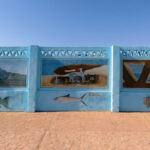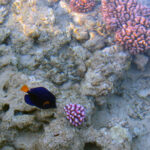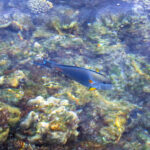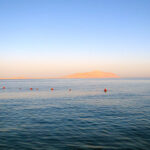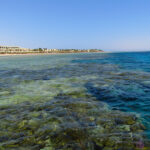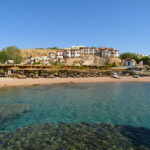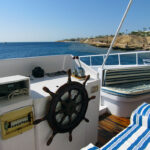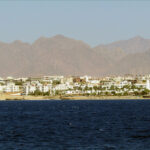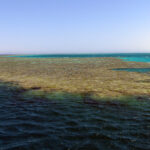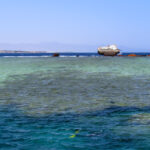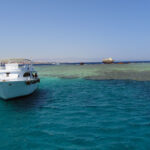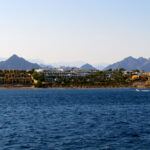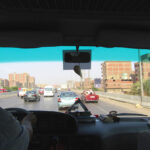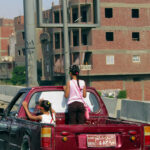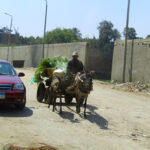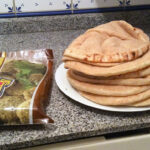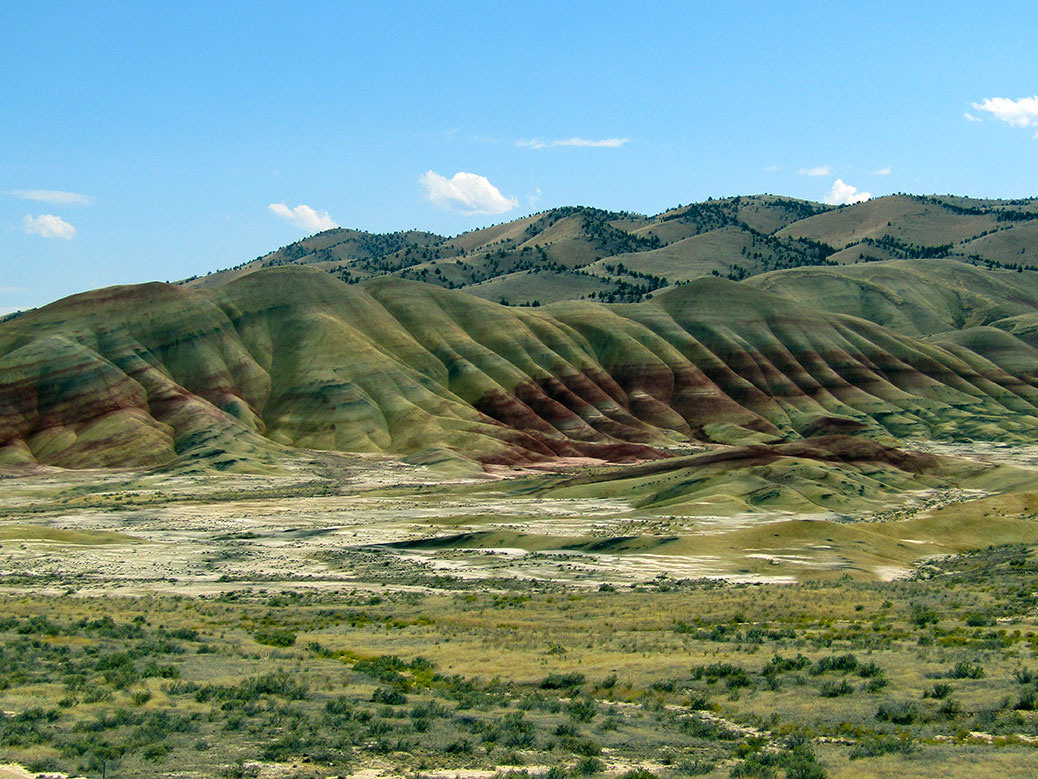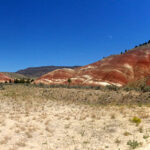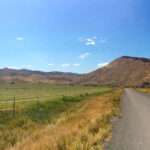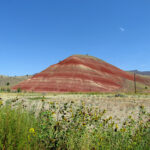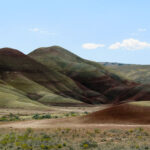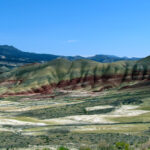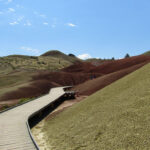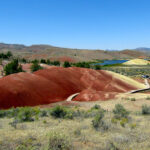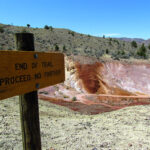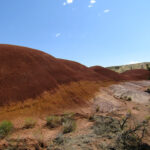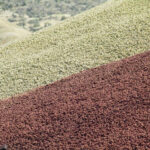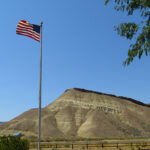In the first of what I hope will be many pyramid trips, I recently joined a trip to the Sakkara (Saqqara) Pyramid complex. Although it’s not the most well-known group of pyramids, like the Great Pyramids of Giza, it has very impressive hieroglyphics inside the tombs. The trip was led by Community Services Organization, a nonprofit in Cairo designed to provide services for expats (like me!).
We first arrived at the Pyramid of Djoser. The pyramid has six limestone “steps” and is thought to be among the earliest known stone structures in the world—according to our guide Ahmed—built around 2667–2648 BC. The credit for the step design is given to Imhotep, the architect who was the right hand of the king.

The steps were thought to symbolize a stairway to heaven. The ancient Egyptians built the pyramids not only to be tombs for kings and nobles, but also to house the spirits and facilitate a happy afterlife. This included physical offerings of food and worldly possessions as well as hieroglyphics (symbols for the alphabet) and pictures telling the story of the person’s life on the walls.

Next, we moved through the complex of crumbling pyramids and headed underground to the tomb of the Pharaoh Unas. Although we had to climb down a very narrow tunnel, the passageway was well-lit, which helped discourage claustrophobia.

At the end, when it was safe to stand up straight, there was a white limestone room completely filled with hieroglyphics. A few of us gasped!


The adjoining room was the chamber for Unas’s body, which included a black sarcophagus and stars on the roof to symbolize the heavens. It’s a good thing these spirits had all these signs to tell them if they were in the right place; these pyramids are a maze! The body/mummy itself is not in the sarcophagus, it was probably looted along with the other offerings and riches in the tombs.
Click any photo in the gallery to see a larger version and start a slideshow view
After we came above ground, we went to the tomb of one of Unas’s daughters, Idut. While Unas had numerous hieroglyphics/symbols in his pyramid, Idut’s tomb had the most impressive “Pyramid Texts,” realistic pictures and murals, some still with red and black color. Different chambers of her pyramid had pictures of the Nile, offerings of food and drink and pictures of scribes.

Workers used metals and minerals like copper to make paint. Did you know that slaves were not utilized to build the pyramids? Only paid workers. The National Museum has a papyrus record with names of all the workers who were employed and their payment.
Click any photo in the gallery to see a larger version and start a slideshow view
Last, we went to Ka-Gmni’s tomb, where we couldn’t take pictures, but it had massive murals similar to Idut’s tomb, and underground to Titi’s Pyramid. We also made a stop at the Imhotep (King Djoser’s architect) Museum, which housed a mummy. It was a little too realistic!

I learned today that Egypt has anywhere from 50 to more than 100 pyramids, depending on how one defines a pyramid, still standing or fallen. I’m sure I’ll be back to learn more!

